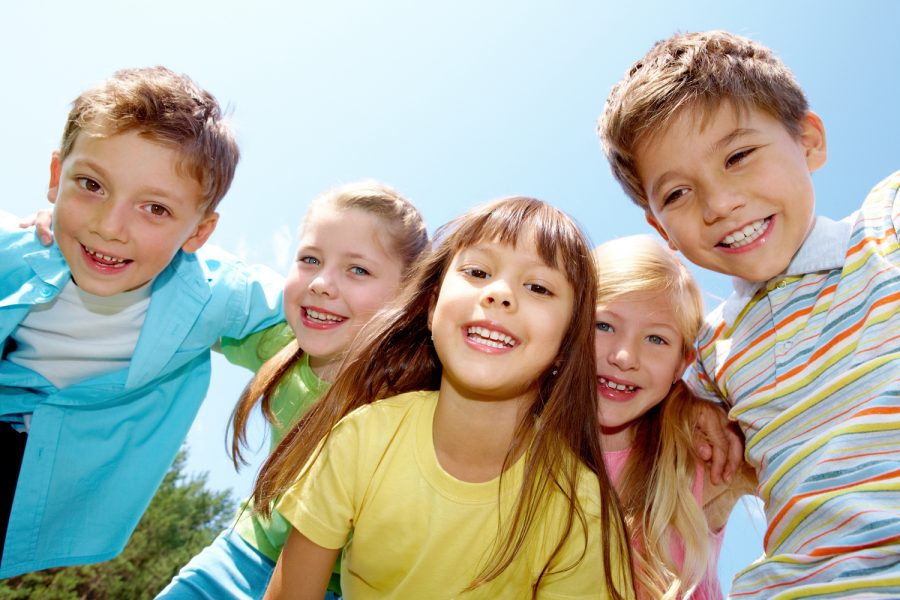Understanding the impact of social groups
A group of kids huddle together.
As teenagers going through high school, many students feel the need to fit in with a crowd. Most of their decision-making and fashion statements are influenced by a group that they are in or aspire to be in.
It’s human nature to be or feel accepted into a group of people. The “norms” and ideas associated with these particular groups create an image or persona and is essential to an individual’s growth in personality. To most, the influence of these groups is relevant, but minimal, and helps form themselves into a better person around other people.
Social groups and ideas may be positive, but can quickly turn negative. Individuals who act in a way that’s opposite than themselves, who patronize others and change to seek attention and popularity, hurt the meaning. It should be a way of expressing oneself and finding people that have similar interests.
Another popular notion surrounding the idea of social groups includes the belief that it doesn’t allow people to be unique. As sophomore Isaac Rosenthal put it, “it sets a standard for people and doesn’t let you break the norm.” These groups, that impact creativity and are more controlling, bring a bad name to social groups.
It’s important to care about image and how we appear to other people, and finding a group that shares close to the same beliefs is important. But, that shouldn’t be how we define ourselves. Growth needs to occur individually as well, and there needs to be a balance between individuality and a group.




![Social Media has contributed to the rise of the incel movement [Photo via Wikimedia Commons under Creative Commons license].](https://beavertonhummer.com/wp-content/uploads/2025/02/Man_on_a_smartphone_Unsplash-600x400.jpg)

!["About The Weather" was released in 2023 as the first album by Portland emo band, Mauve. [About The Weather Album Cover]](https://beavertonhummer.com/wp-content/uploads/2024/05/AboutTheWeather.jpg)
